Looking back over the past few years, it is amazing how much New Zealand has changed. Instead of the traditional vision of endless suburbia marching over every hillside in Auckland, all resolutely one storey high, we can now see a different vision taking place. Slowly but surely, street by street, Auckland is densifying, creating homes for people that build up, not so much out. Two-storey townhouses are being built over the land, crammed together on ever-decreasing plot sizes, doubling our official density rates from “next to nothing” to “slightly better than nothing.” Doubling our density from 10 dwelling units per hectare (the old “quarter-acre” section) to 20 or even 30 du/ha is really not going to make much difference to us in the end. That’s why Minister Chris Bishop’s freeing up of the rules for Auckland to be able to build up to 10, even 20 storeys tall, in the immediate region of train stations is welcome news. This will bring in density rates of 300 du/ha or even more, as well as splendid views out over the motu.
Not everyone will agree with that of course, and many people will no doubt be horrified at the thought of all those people living in those tiny flats or the resulting loss of sunlight for those caught just outside the zone. But there is no doubt that it needs to happen, in the same way that many other cities do around the world. Build up, don’t build out. The great thing about densifying significantly next to a train station is the network effect, which means you can get easily to all the important parts of a city and you don’t need a car to do so. Indeed, a car is almost a liability these days in the central city, as the public transport system continues to improve. Kiwis are at long last discovering that having to pay for parking by day, for garaging by night, for fuel and insurance all year round, all on top of the physical cost of actually paying for the beast in the first place, is a fools game.
Of course, there is more to density than just building tall apartment buildings, it is the way that we build them that counts, and that is where we come in. Architects, designers, specifiers, builders, we all are responsible for the future townscape we live in and we need to concentrate on learning how to build it right. One of the key things that we need to learn is what apartment dwellers and townhouse tenants want more than anything, namely Peace and Quiet. A bit of shush at shut-eye if you please, as our noise receptors hear clearly at night and we get disturbed easily while trying to sleep. That’s why I keep going on about the importance of creating high quality inter-tenancy walls (ITW) and inter-tenancy floor systems (ITF). When done well, your floors and walls are a vital part of your sanity, creating a safe, fire-resisting barrier between you and your neighbour, as well as an acoustic block that means all sounds are nixed.
In the Medium book we look at a range of ITW and ITF, offering you a choice for how you can build your next development. Some people swear by concrete, some people want wood. Twin skin or triple skin systems for walls all reduce the likelihood of errant sounds transmitting their presence across the barrier, so you should never have to hear your neighbour’s predilection for Norwegian Death Metal, or Dolly Parton. Airborne sound is easily blocked though, much harder is the blocking of Impact sound and that means one thing only. Think about your neighbours downstairs, the people below the ITF. Having a single layer of flooring is simply not going to cut the mustard any more. You need some solid, fire-resisting mass for one aspect, but you need lots of physical discontinuity to break up the acoustic pathway, via layers of acoustically isolated plasterboard hanging below and lots of soft and fluffy stuff to soak up the sound in between. You need a nice New Zealand wool carpet on a thick bouncy rubber underlay to help stop the sound getting into the floor in the first place, so beware of any thoughts about an exposed concrete slab (just NO), or bathroom tiles directly on slab (also a firm NO), but plan for a system involving solutions such as Batten and Cradle, where a flooring system sits on rubber isolating blocks, enabling much more freedom in your flooring choice.
The difference in living in a building with a well-planned acoustic strategy is amazing. For years in London I lived in an old converted house where flats had been made out of the structure, but no thought had been given to stopping the sound. I could hear every noise coming from the rooms below or from above, all hours of day and night. A nightclub DJ lived upstairs and so we heard all Fat Tony’s house-music tracks when he got back from the clubs at 4.00am and in return we gave him all the Abba he could handle, rising up through the floorboards at our breakfast time. Now I live in a converted factory in Wellington, with excellent acoustic barriers installed during the conversion, and I live in an almost acoustic bubble — no noise gets in and no noise gets out. I’ve honestly never heard the neighbour upstairs, except if they do what sounds like dropping a steel spatula on the floor in the bathroom, on a regular basis. I honestly have no idea what that might be or what they are doing, but I’m glad that I never hear their footprints. Silence is bliss. Thank you, and Good night.
Medium Quick-Fire Quiz — Be in to Win!
This month's Medium Quick-Fire Quiz is sponsored by Woodspan. Simply answer our questions to enter the draw to win a $150 Mitre 10 gift voucher. Entries close 5pm Wednesday 5 March 2025.






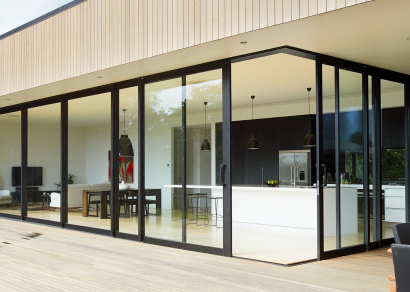
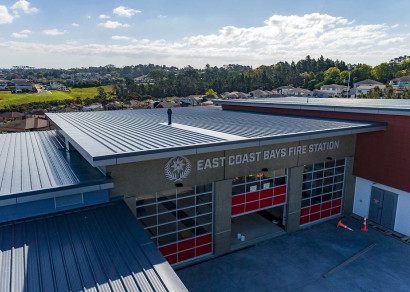
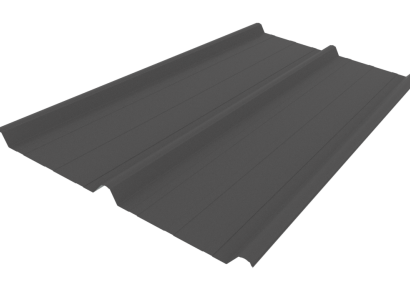
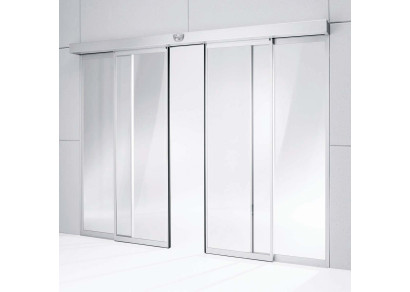
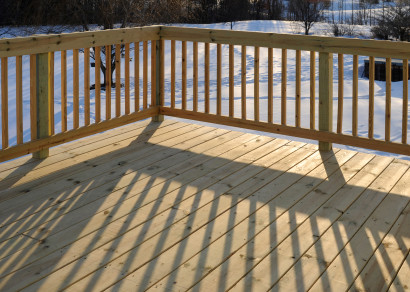
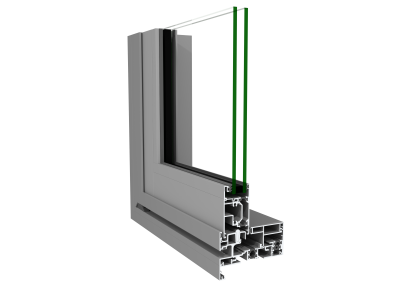

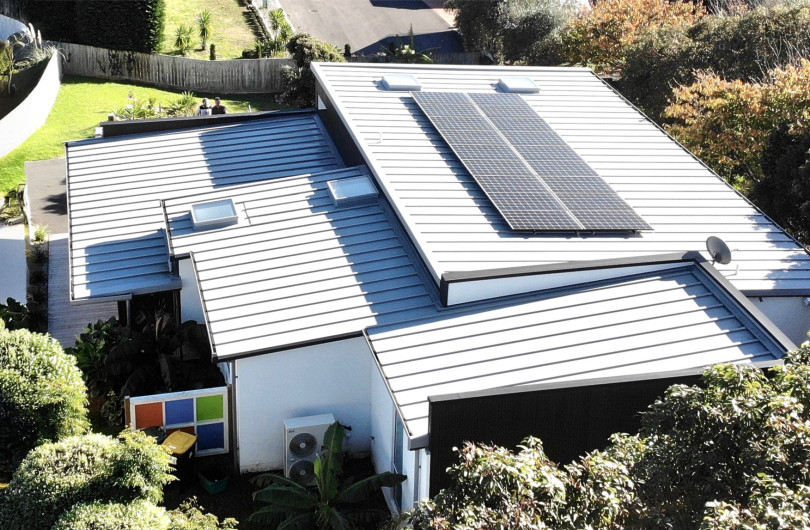
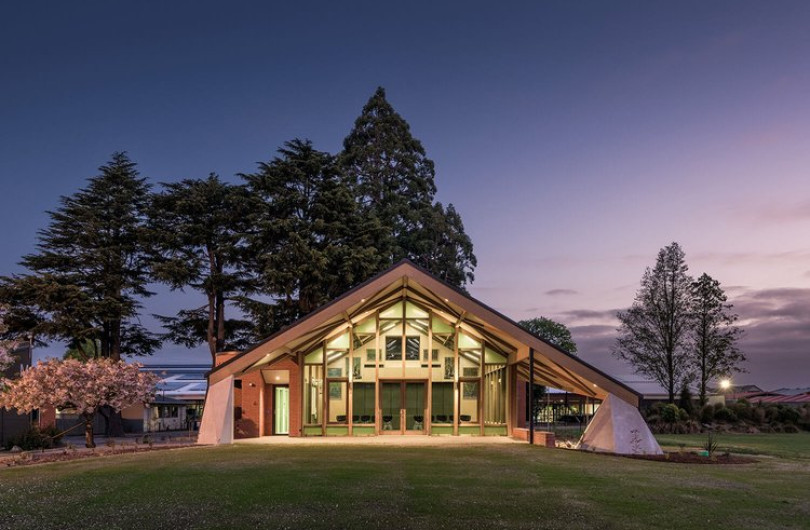
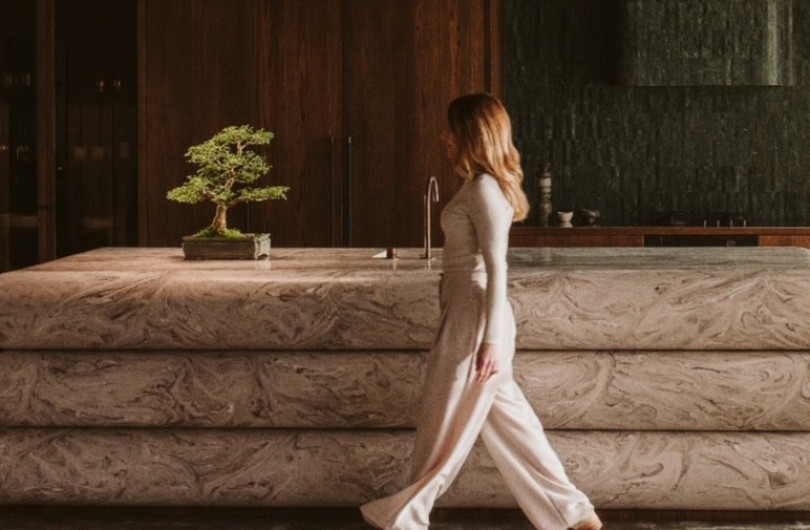
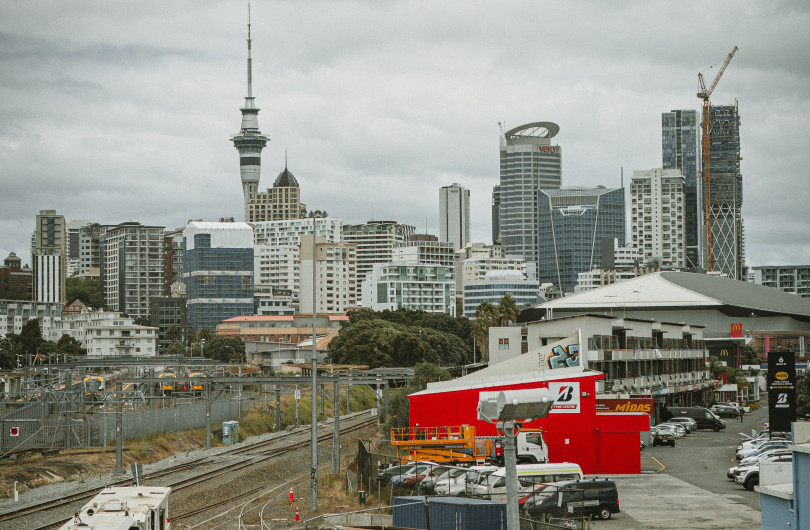

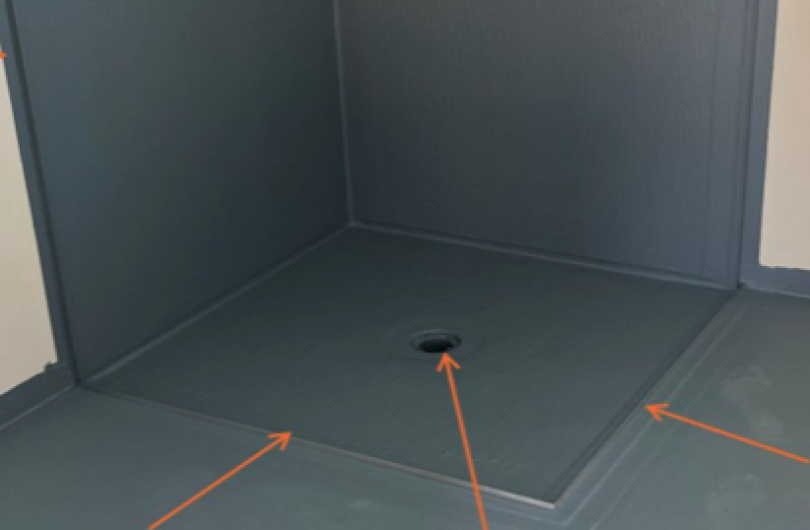






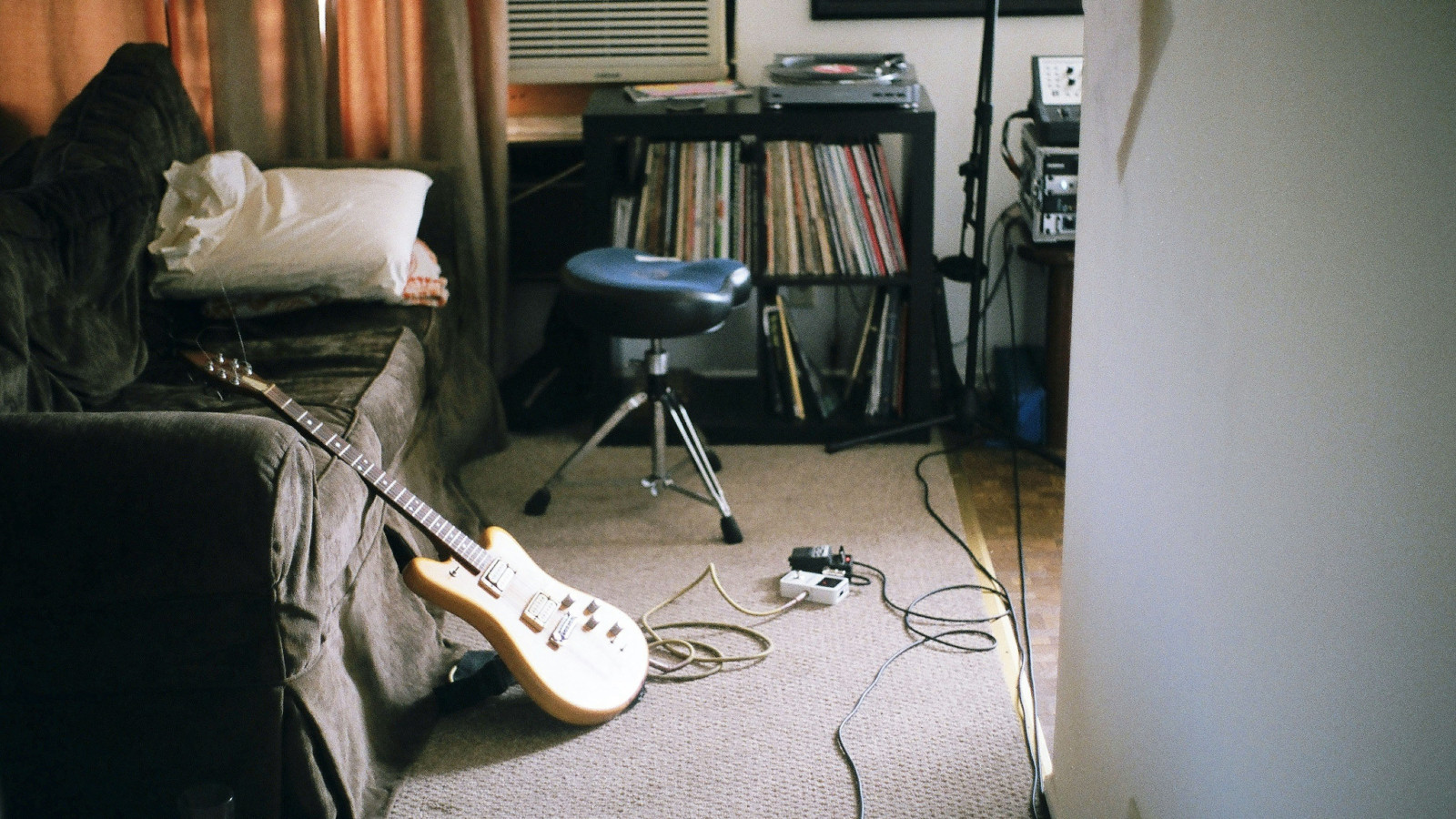



 Most Popular
Most Popular Popular Products
Popular Products



